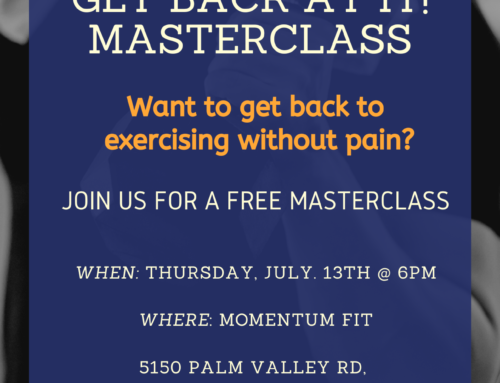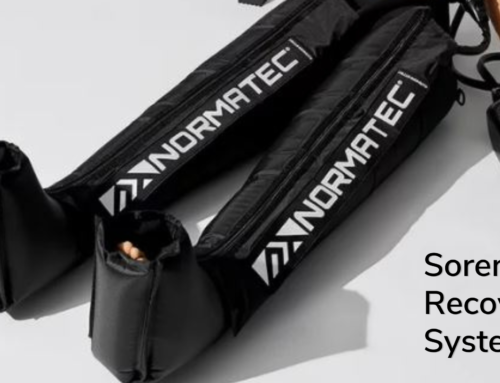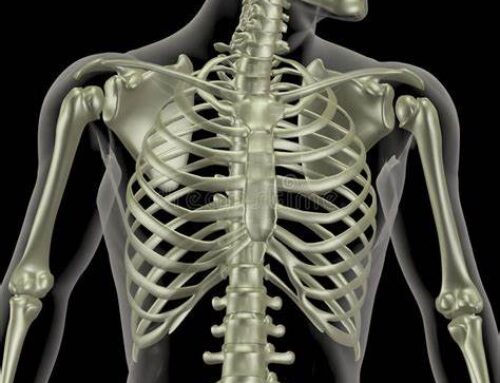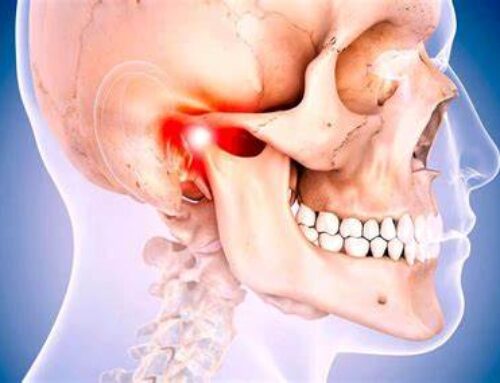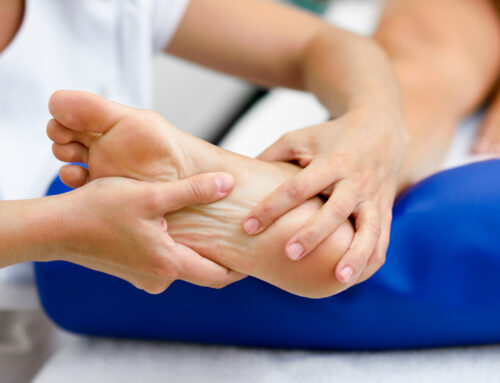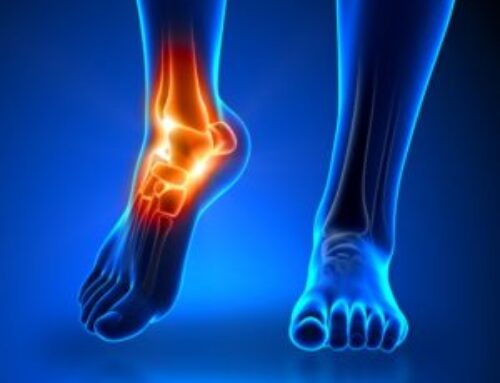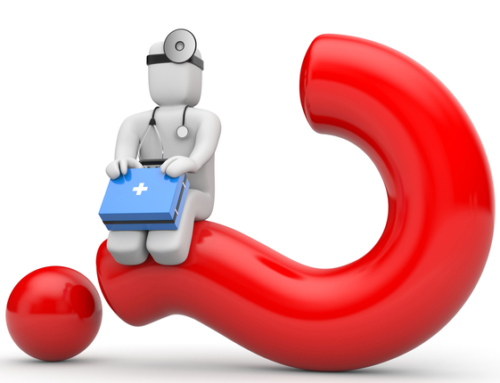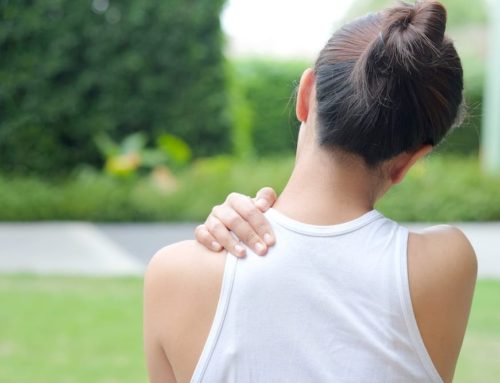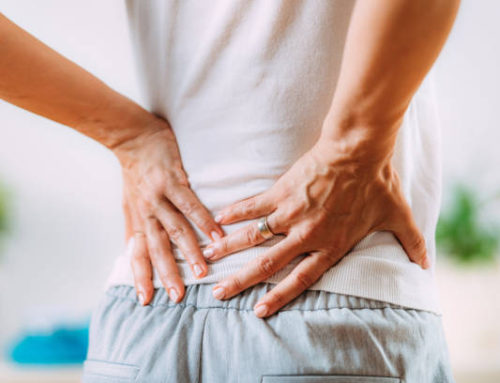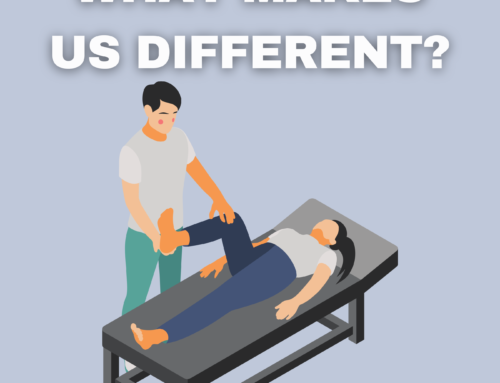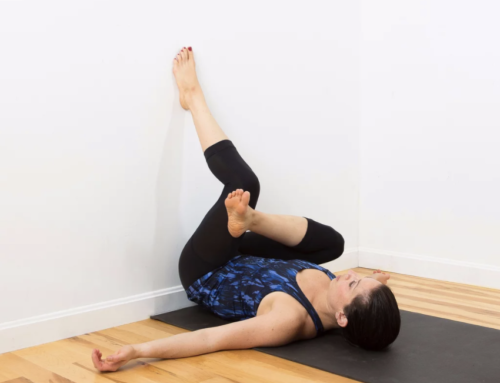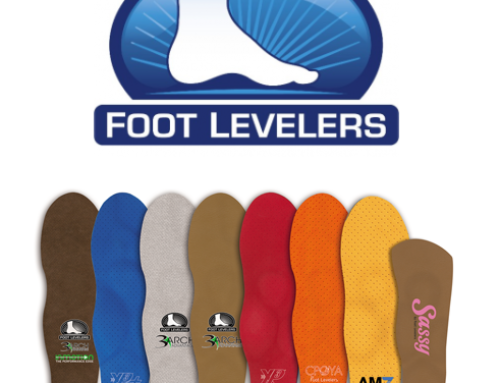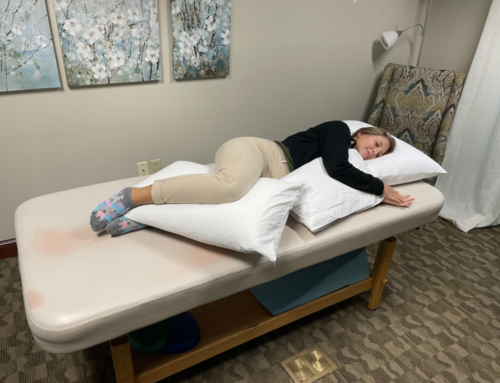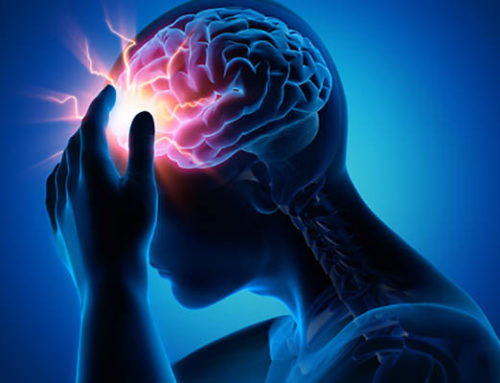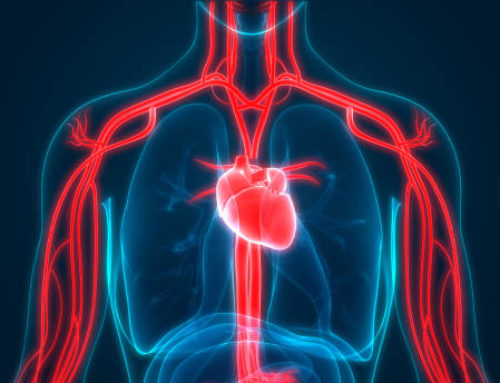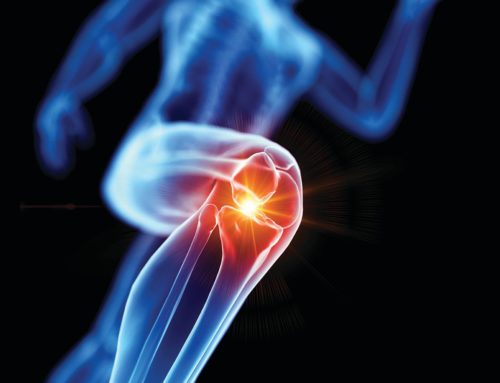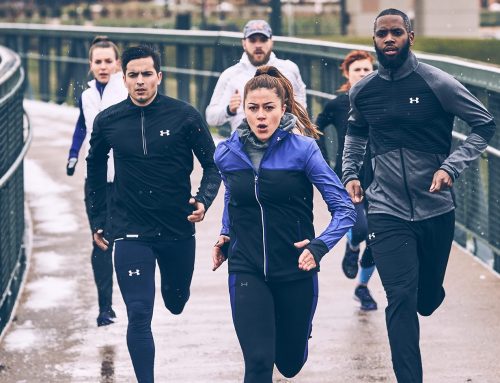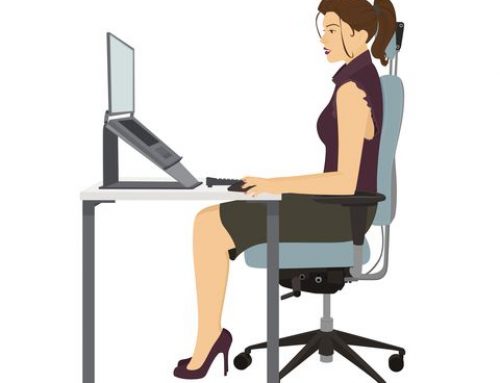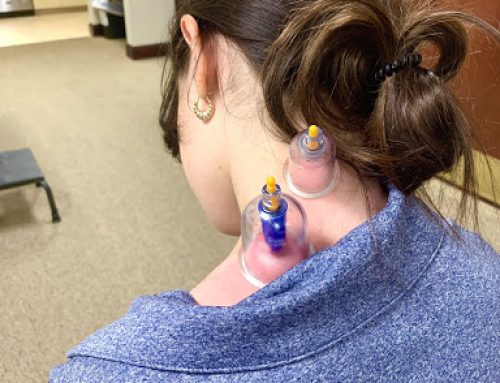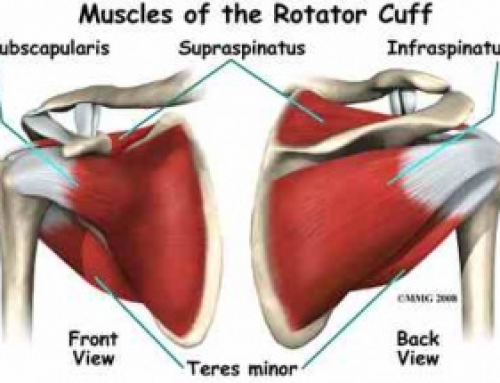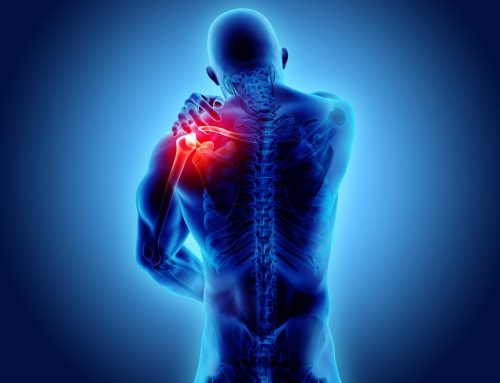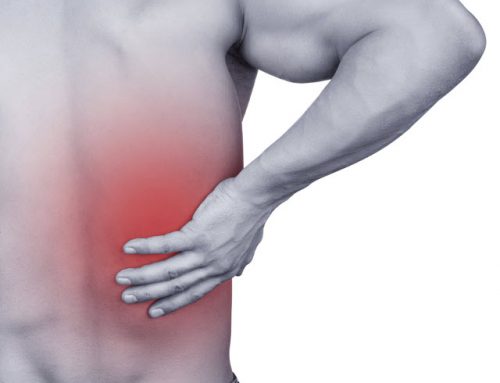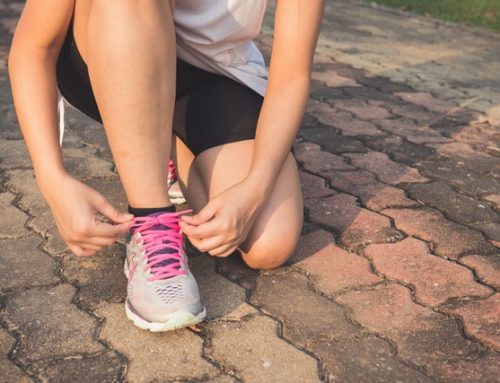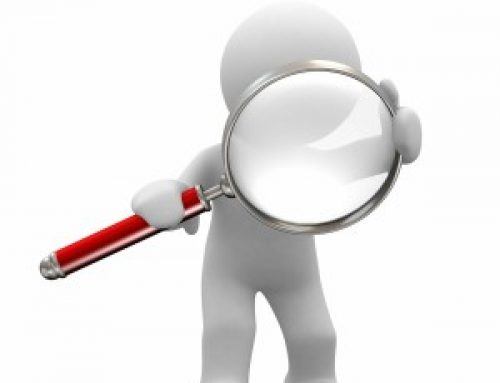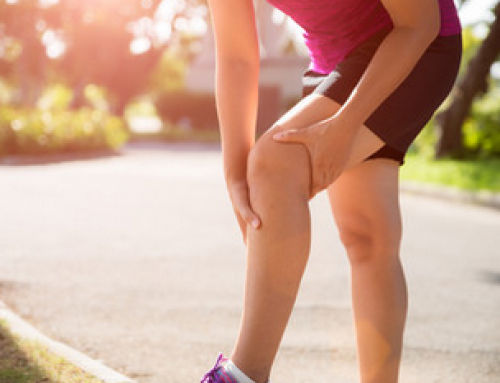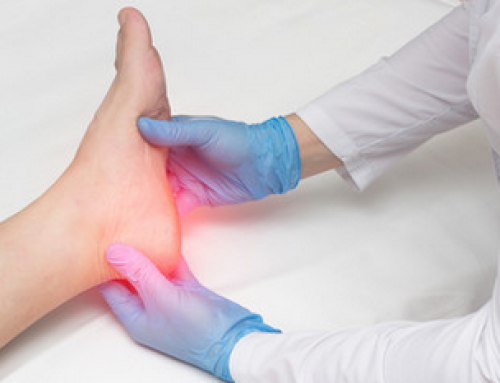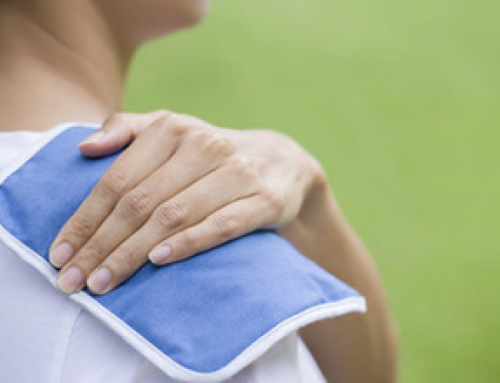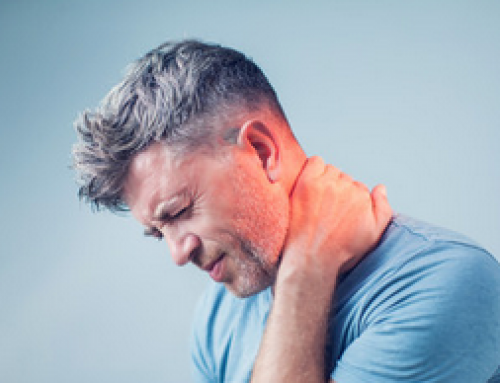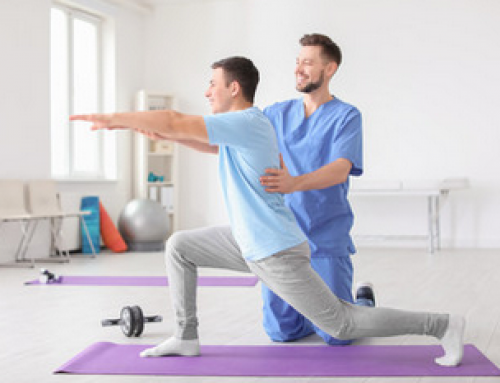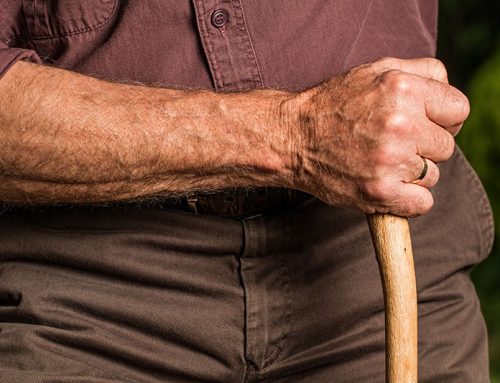Orthotics have been around for a long time. It is fair to say that the general public is not well educated on the importance of proper shoe wear. Unless you’re active in the running or inside the healthcare communities, your knowledge is probably slim; even some therapists and athletes are still unaware of the potential damage that can be done to their feet and body without orthotics. What are Orthotics, and why do I need it? Orthotics is a tool to help prevent pain in your body due to not having the right support in your shoes.
Long-term damage to your ankle, knee, hip, and even your low back can be caused by not having the correct Orthotic shoe support. The gait cycle of using our legs and feet to walk consists of a 60% stance phase and a 40% swing phase. This means that 60% of the time when we are walking we are landing on our feet and the ground reaction forces travel up the leg. The distribution of the shock from hitting the ground is determined by the joints and soft tissue structures of our feet. This repeated motion throughout the day can cause wear and tear to our joints if joints are not moving properly!
For example:
Joe is 30 years old and has run every day for the past decade. Today he has pain in the inside and the front portion of his right knee. The pain increases the more he runs or squats. The therapist observes, measures, and feels the joint motion in the ankle. The therapist discovers the subtalar joint is hypomobile, which means the joint is tight causing limited mobility or stiffness. The tibia internally rotates at the heel strike and puts stress on the inside of the knee. Stress leads to inflammation to the joints and ligaments, this is due to the ground reaction forces traveling up the path of least resistance and is absorbed in the wrong spot in the body!
After explaining this to Joe, the therapist fixes the ankle and Joe walks around the clinic with no knee pain and adds that his back feels better as well! The therapist explains that the pelvis started to rotate forward because the femur had been internally rotated by the tibia because of the hypomobile subtalar joint. The therapist suggests Orthotic support inserts for his shoes to help maintain pain-free progress.
How physical therapy and orthotics can help:
If you have back, hip, knee, or ankle pain, you may need one of our specialized therapists to take you through a full body evaluation. Using our specialized Orthotic technology, we will also use a posture and foot scanner to assess where you carry your weight through your body into your feet. Discover the difference that so many have come to acknowledge as life-changing and help with eliminating their pain!
Innovative Physical Therapy by phone at (904) 280-2002 or email aaron@client-myipt.mudflower.com to set up a FREE discovery visit with one of our physical therapist.


